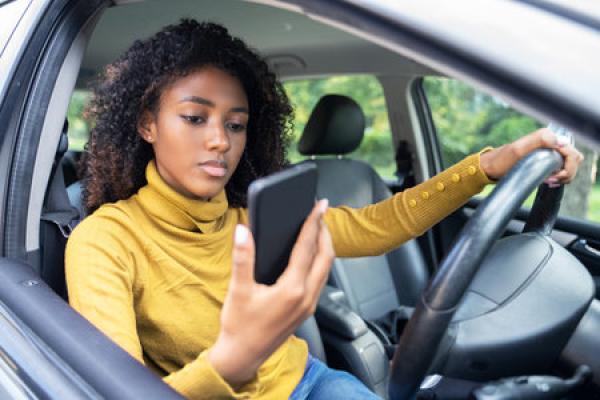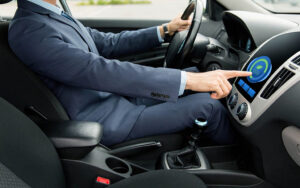A Guide to Driving Etiquette and Road Courtesy

Driving is a privilege that comes with certain responsibilities. It is not just about getting from one place to another; it is also about being considerate and respectful of other drivers on the road. Good driving etiquette and road courtesy are essential to ensuring everyone’s safety and promoting a positive driving experience. Here is a guide to help you understand the basics of driving etiquette and road courtesy.
Be Patient
Patience is key when it comes to driving. Whether you are stuck in traffic or waiting for someone to turn, it is important to remain calm and patient. Avoid honking your horn unnecessarily or tailgating other drivers. Give other drivers the space they need to make turns and merge onto the highway.
Use Your Turn Signals
Using your turn signals is not just a legal requirement; it is a courtesy to other drivers. Signaling your intentions allows other drivers to anticipate your movements and adjust their driving accordingly. Always use your turn signals when changing lanes, merging onto the highway, or turning onto a side street.
Observe Speed Limits
Speed limits are in place for a reason. They are designed to keep drivers safe and prevent accidents. Observe the posted speed limits, especially in residential areas and school zones. Avoid speeding or driving too slow on the highway, as this can cause other drivers to become frustrated and create a hazardous situation.
Be Courteous to Pedestrians and Bicyclists
Always be mindful of pedestrians and bicyclists on the road. Yield to pedestrians in crosswalks and give them ample space to cross. When passing bicyclists, give them at least three feet of space and avoid honking your horn, which can startle them and cause an accident.
Avoid Distracted Driving

Distracted driving is one of the leading causes of accidents on the road. Avoid using your phone or other electronic devices while driving. Keep your focus on the road and be aware of your surroundings. If you need to make a call or send a text, pull over to a safe location and park your car before doing so.
Practice Defensive Driving
Defensive driving is the practice of anticipating potential hazards on the road and taking steps to avoid them. Always be aware of your surroundings and keep a safe distance from other cars. Avoid aggressive driving behaviors like tailgating or cutting off other drivers.
Driving etiquette and road courtesy are essential to ensuring everyone’s safety on the road. By following these basic guidelines, you can promote a positive driving experience and avoid accidents. Remember to be patient, use your turn signals, observe speed limits, be courteous to pedestrians and bicyclists, avoid distracted driving, and practice defensive driving. Safe travels!








